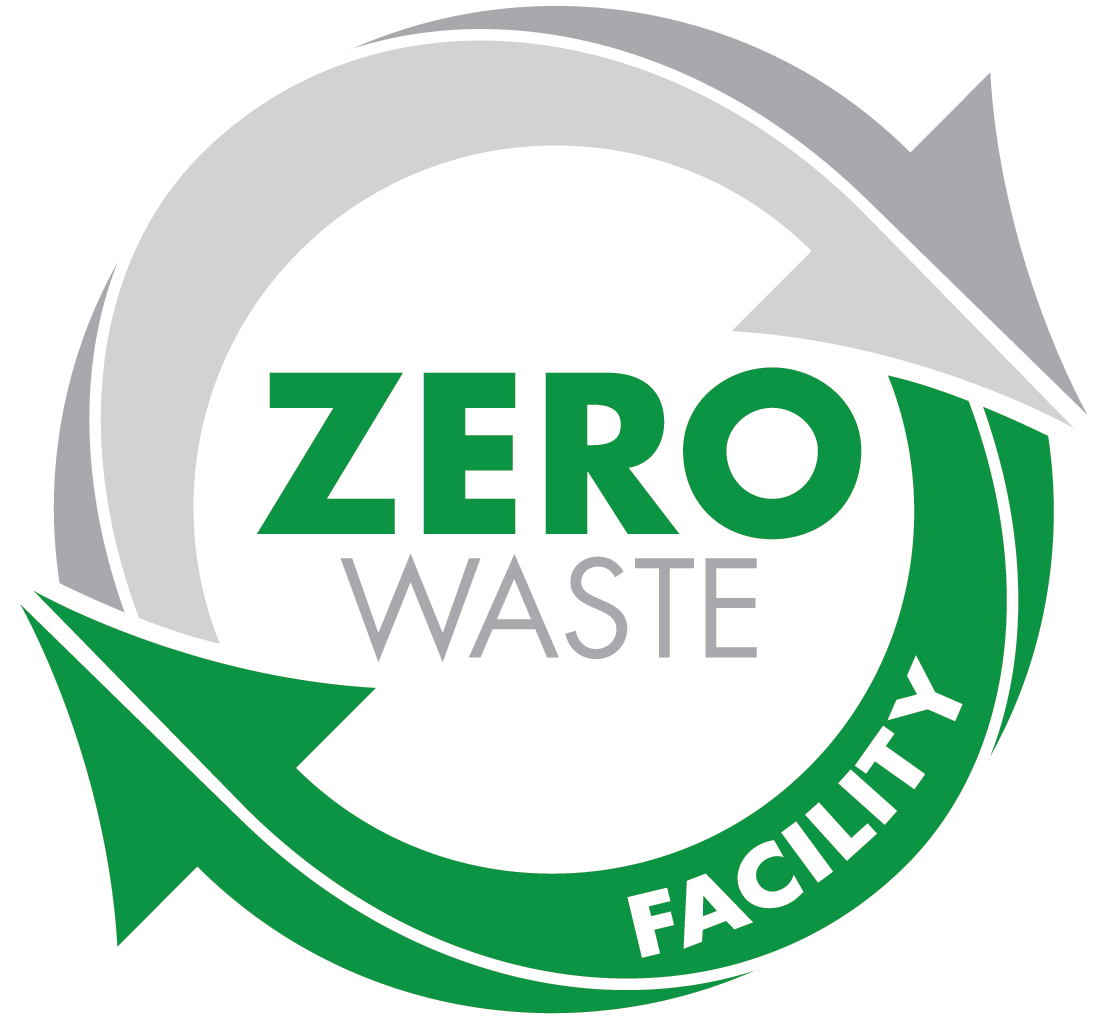Blog
At the heart of every modern electronic device is a printed circuit board. Without a circuit board, electronics wouldn’t be possible. Cellphones and computers depend on mother boards, circuits and chips, and many other types of electronics also require some type of circuit board on which to mount processors and relays. DVD players and TVs, appliances, vehicles and hundreds of other items that make up modern life depend on electronic circuit board assembly that is fast and accurate.
Circuit boards began their evolution during the 1950s when they were often made from phenolic materials. Modern electronic circuit board assembly can employ versatile materials like Teflon, woven glass polyester and fiberglass.
There are also new materials which are being developed to meet ever-increasing demands in technology. A circuit board can be assembled with a single layer or with multiple layers. This depends on how simple or complex the electronic device is, as well as its limitations and specifications. Multi-layered boards usually use surface mounted technology. Single-layered boards are more likely to use through-hole components.
Of the many factors involved in electronic circuit board assembly, solder is one of the most important. A solder paste connects all of the electrical components in a device. Generally, there are two kinds of solder best suited for PCBA, lead or tin alloy and lead-free materials (made from tin, silver, and copper). With an expert assembler like Permatech, soldering and testing follow the strictest quality requirements and standards.
When it comes to perfecting a design by selecting the best mounting and soldering methods, we can offer extensive experience and in-depth knowledge in electronic circuit board assembly.
Relying on these and thorough quality control, we can offer precision and speed at any scale. We are proud to be fully ISO certified and can meet the highest level of quality. Contact us today to learn more or to speak with an expert.






